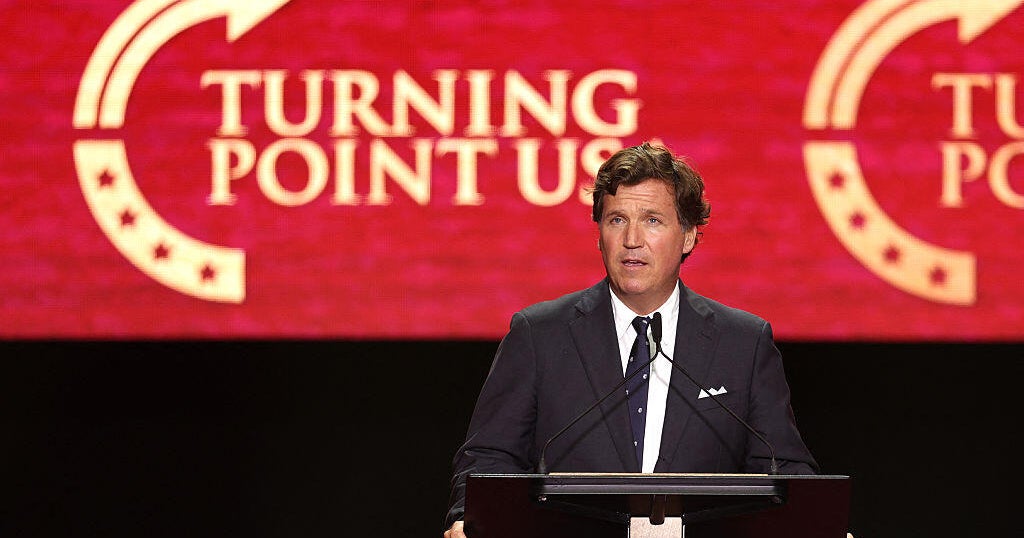
The federal government has officially shut down after Congress reached an impasse on funding, leaving millions of Americans to face uncertainties. This shutdown comes as a result of a failure to agree on two competing funding bills, one proposed by Democrats and the other backed by Republicans, aimed at keeping government operations running.
In a stark display of partisan division, Senate Republicans voted to block the Democratic bill, which sought to fund the government through the end of October while also extending critical healthcare subsidies that are set to expire at the end of the year. The second funding measure, a short-term solution proposed by Republicans to maintain current funding levels until November 21, was similarly defeated, with both proposals requiring 60 votes to pass.
Democrats have firmly stated that they will not consider any spending measure unless it includes an extension of the subsidies for health insurance plans purchased through the Affordable Care Act—a demand that Republicans have not met. Following the failed votes, Russell Vought, the Office of Management and Budget Director, instructed federal agencies to “execute their plans for an orderly shutdown.”
As the nation grapples with the implications of this shutdown, the extent of its impact remains unclear. Essential services such as Social Security, Veterans Affairs benefits, and Medicare and Medicaid payments will continue, although individuals relying on these services may experience delays. However, federal jobs deemed nonessential will see immediate repercussions, with many employees facing unpaid furloughs. The Congressional Budget Office estimates that approximately 750,000 federal employees could be furloughed on a daily basis during this shutdown.
Former President Donald Trump has indicated he may take drastic measures to reshape the federal workforce in light of the shutdown, hinting at potential mass firings and program eliminations. “We can do things during the shutdown that are irreversible, that are bad for them,” Trump stated, emphasizing a desire to eradicate perceived fraud, waste, and abuse within the government.
The consequences of the shutdown will vary in immediacy. Federal workers and active-duty service members may miss paychecks starting in mid-October, while critical programs such as the Supplemental Nutrition Program for Women, Infants, and Children (WIC) could soon run out of funding. The status of National Parks remains uncertain; past shutdowns have seen parks remain open but unstaffed.
As the deadline loomed, tensions escalated between lawmakers, with both sides engaging in blame-shifting. Democrats argue that they are fighting to protect American healthcare by advocating for the extension of insurance subsidies and seeking to reverse harmful cuts to health programs enacted by recent Republican tax and spending legislation. Senate Minority Leader Chuck Schumer criticized the Republican approach, asserting that they are “plunging America into a shutdown” while rejecting bipartisan discussions.
Conversely, Republicans have accused Democrats of holding the federal budget hostage to further their policy objectives. “Senate Democrats have sacrificed the American people to Democrats’ partisan interests,” asserted Majority Leader John Thune shortly before the government shutdown took effect.
Looking ahead, Republican leaders have indicated plans to continue voting on their stopgap funding measure in hopes of garnering additional Democratic support as the shutdown persists. Whip John Barrasso noted that their prior proposal had garnered only one Democratic vote, but they have seen a slight increase in support, indicating a potential shift.
Two Democrats—Senators John Fetterman of Pennsylvania and Catherine Cortez-Masto of Nevada—along with independent Angus King of Maine, who caucuses with the Democrats, crossed party lines to support the Republican funding bill. However, several Democrats who previously voted for a similar resolution in March chose to abstain this time, showcasing the increasing polarization surrounding the issue.
With no clear resolution in sight, both parties appear entrenched in their positions, leaving Americans to wonder how long this shutdown may last. The previous government shutdown, from December 2018 to January 2019, set the record for the longest in U.S. history at 35 days. As the current standoff continues, the nation awaits a solution that seems increasingly elusive.


